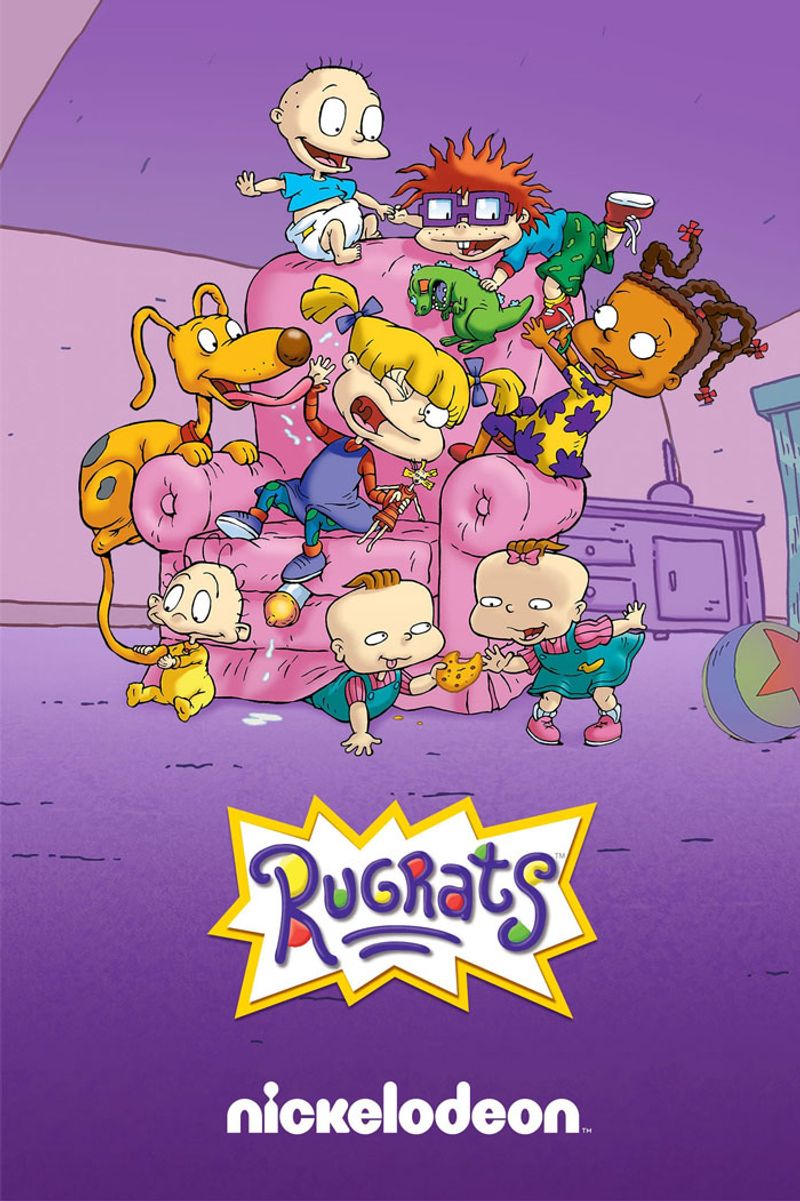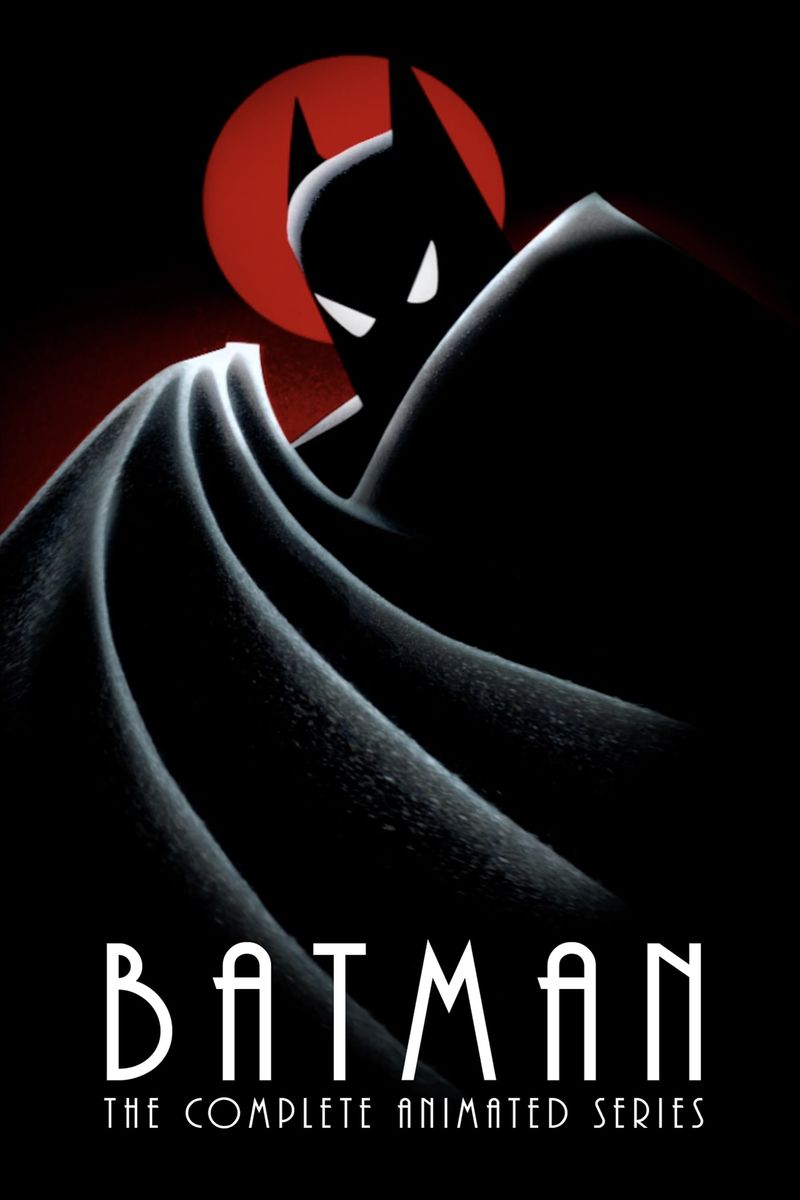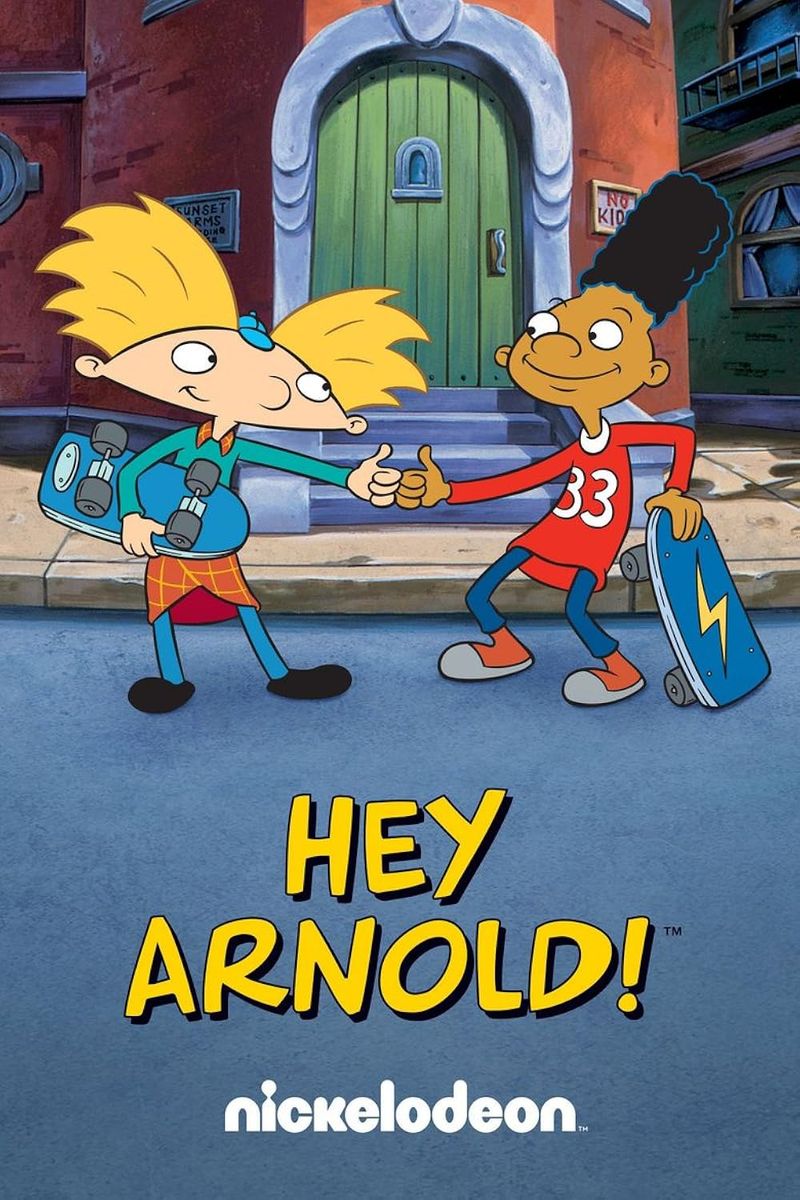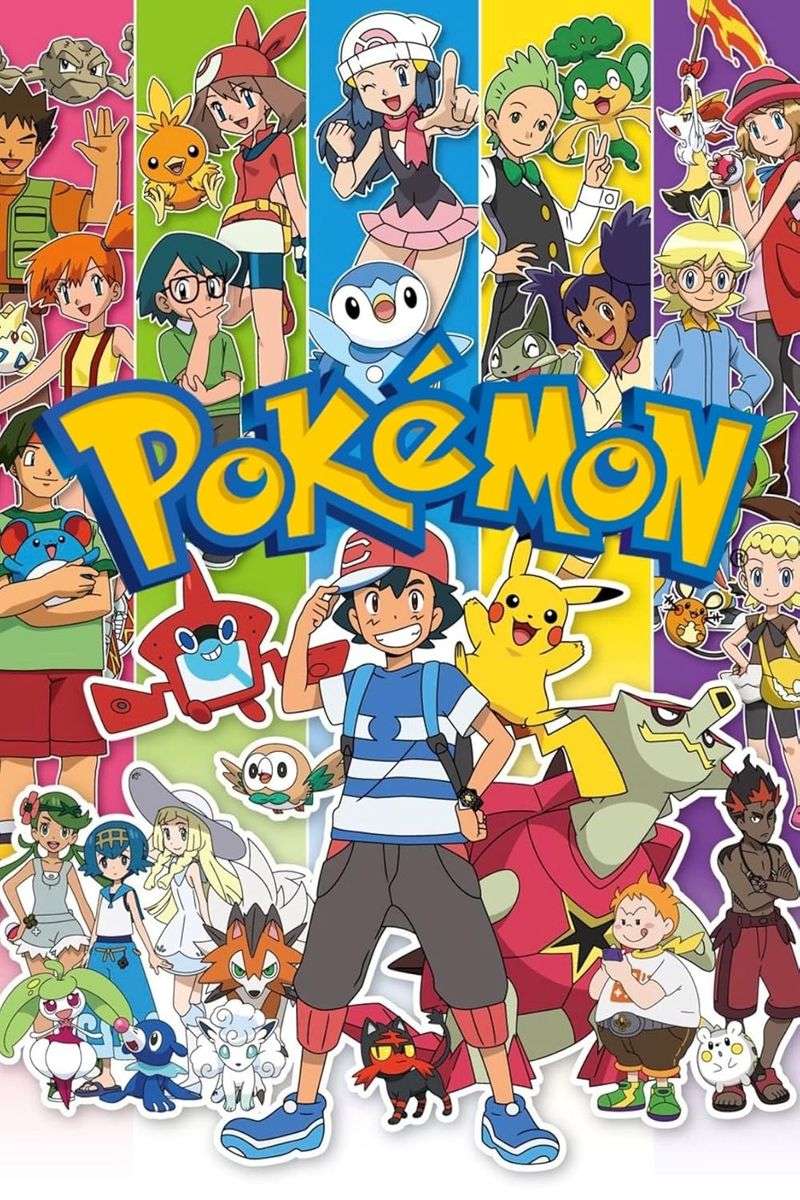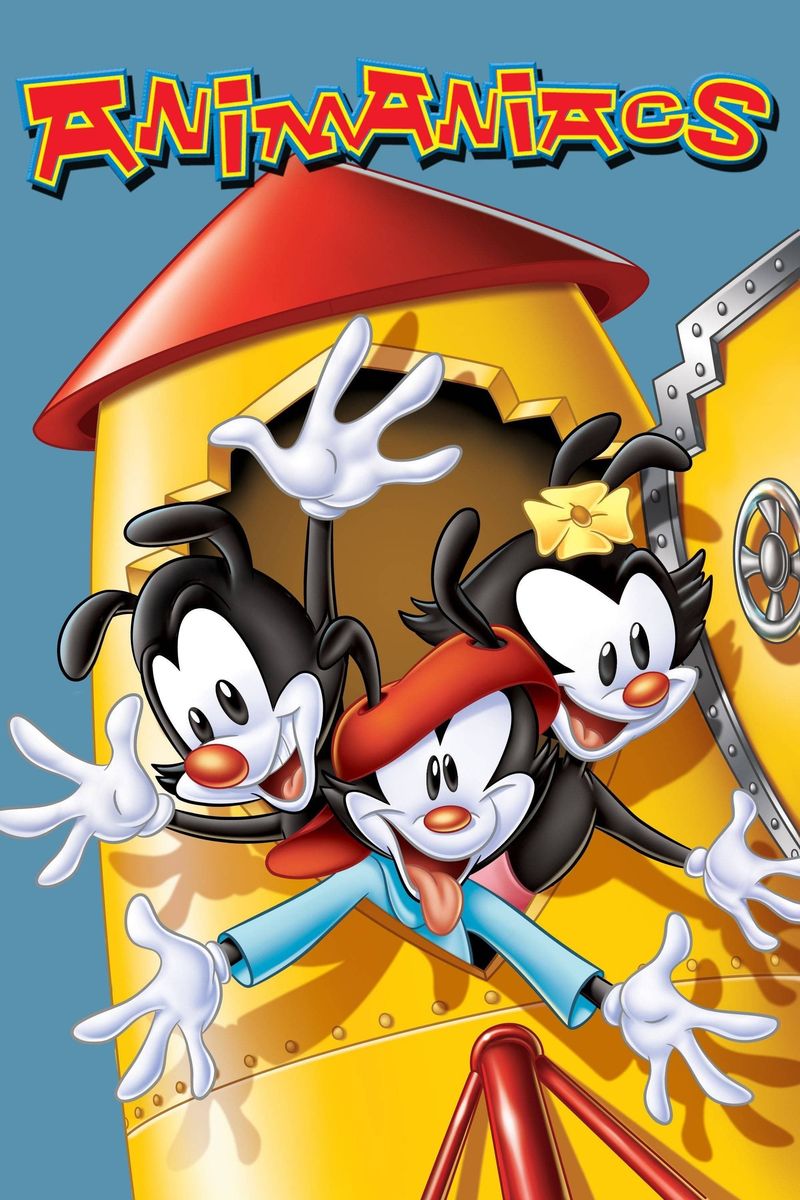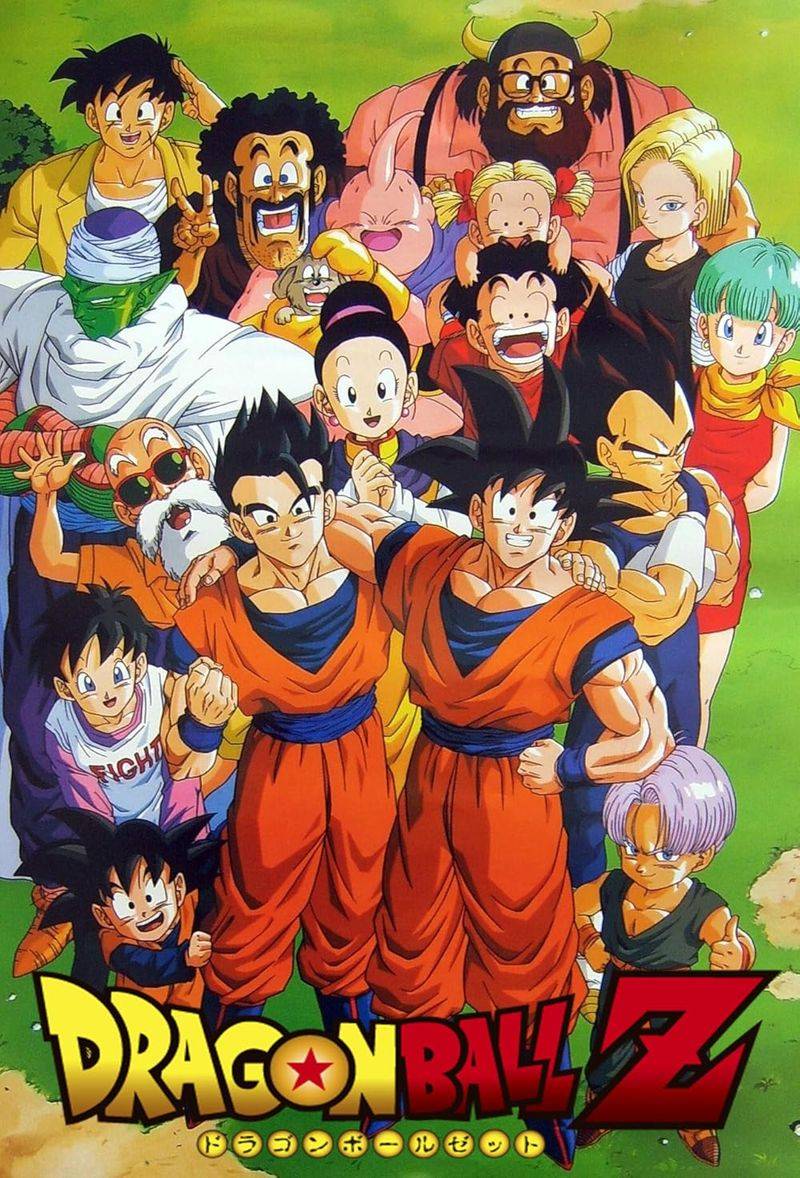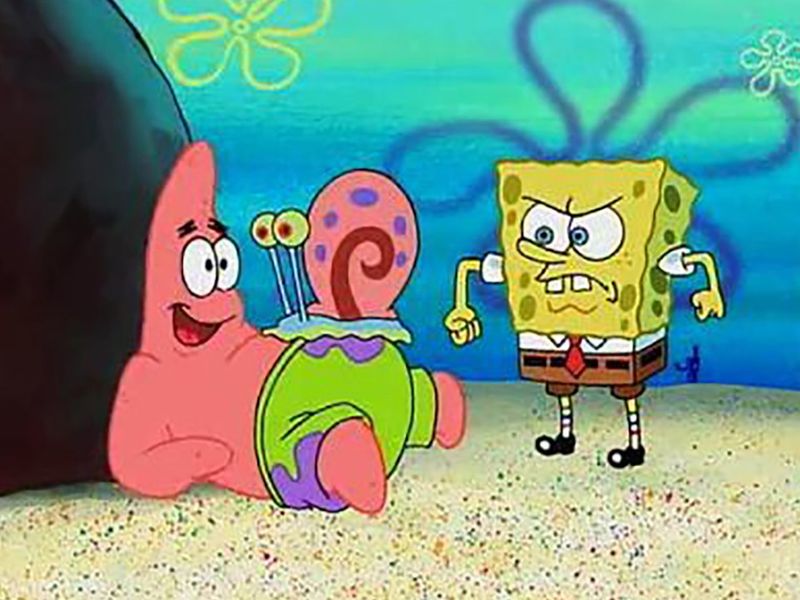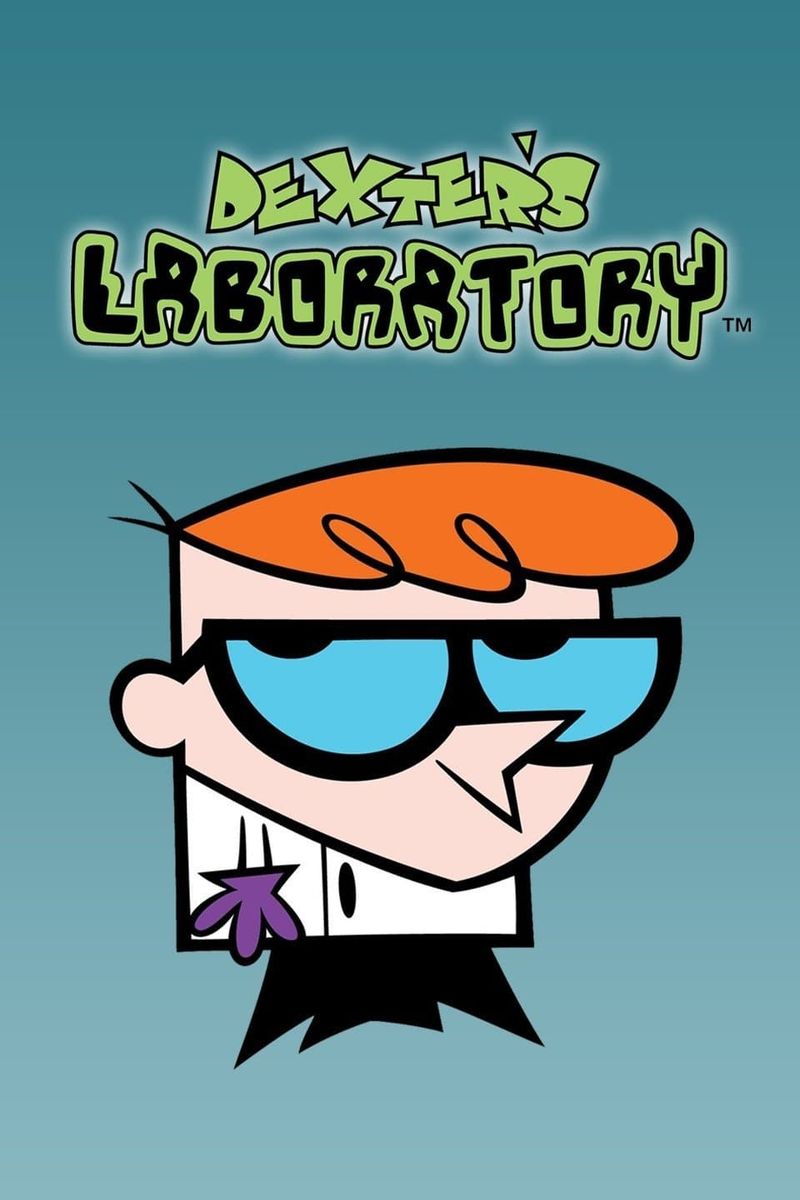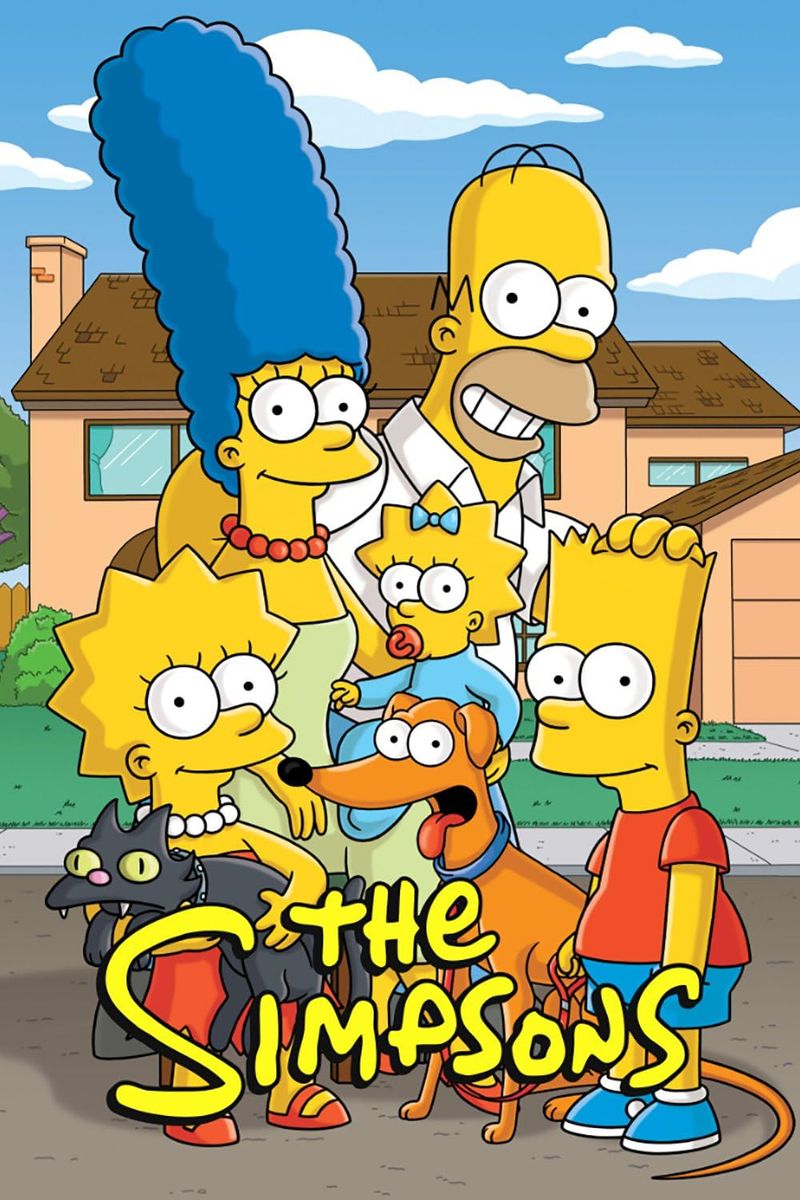The 1990s brought us a golden age of animated shows that shaped the childhoods of millions. These weren’t just Saturday morning distractions—they were cultural phenomena that influenced fashion, slang, and even how we viewed the world. From underwater adventures to classroom hijinks, these cartoons created shared experiences that ’90s kids still reference today.
1. Rugrats: Adventures Through a Baby’s Eyes
Tommy Pickles and his diaper-clad crew turned ordinary backyards into epic frontiers of imagination. Their pint-sized perspectives made everyday objects seem enormous and mundane errands feel like grand quests.
Angelica, the bossy cousin, became one of TV’s most memorable villains, while Reptar merchandise appeared both in the show and real-life stores. Parents appreciated the clever adult jokes hidden throughout episodes.
Premiering in 1991, Rugrats ran for an impressive nine seasons and spawned three movies, proving babies could carry a franchise. The show’s unique animation style, with its wobbly lines and odd angles, perfectly captured how confusing the world looks to toddlers.
2. Batman: The Animated Series – Gotham’s Dark Knight
Revolutionary in its mature storytelling, this wasn’t your typical superhero cartoon. The show dared to explore complex themes like grief, identity, and moral ambiguity that resonated with viewers of all ages.
Gotham City itself became a character, with its art deco skylines painted on black backgrounds creating the iconic “dark deco” style. Mark Hamill’s Joker performance remains legendary, transforming from playful trickster to genuine menace in seconds flat.
Episodes like “Heart of Ice” humanized villains, giving Mr. Freeze a tragic backstory that later influenced the comics. The series proved animation could tell sophisticated stories without talking down to young audiences.
3. Hey Arnold!: Life Lessons from the Football Head
Arnold’s strangely-shaped head housed wisdom beyond his years as he navigated urban life in his boarding house. The show tackled serious issues like neglectful parents, poverty, and immigration with remarkable sensitivity for a kids’ program.
Helga Pataki’s unrequited love created one of animation’s most complex characters—a bully with a poet’s heart. Episodes often ended without neat resolutions, reflecting real-life complexity rather than sitcom simplicity.
The jazz-influenced soundtrack gave the series a sophisticated feel rarely found in children’s programming. Creator Craig Bartlett crafted a diverse neighborhood that showed kids the value of community and understanding different perspectives—lessons that remain relevant decades later.
4. Pokémon: Gotta Catch ‘Em All Phenomenon
More than just a cartoon, Pokémon sparked a multimedia empire that had kids collecting cards, playing video games, and begging for merchandise. Ash Ketchum’s journey to become a Pokémon Master created a perfect blend of adventure, friendship, and competition.
The show cleverly introduced new creatures each season, keeping the collecting spirit alive while expanding its world. Team Rocket’s Jesse and James provided comic relief with their failed schemes and surprisingly deep friendship.
Parents worried about the commercialization, but couldn’t deny the show taught persistence and sportsmanship. The anime continues today, but those original episodes—with their catchy theme song and memorable battles—defined playground conversations for an entire generation.
5. Animaniacs: Looney Satire for a New Generation
“It’s time for Animaniacs!” announced the arrival of Warner siblings Yakko, Wakko, and Dot—cartoon characters too zany even for the 1930s. Producer Steven Spielberg brought Hollywood production values to this variety show disguised as kids’ entertainment.
Famous for its rapid-fire jokes targeting politics, celebrities, and pop culture, many gags flew over kids’ heads but delighted parents. The educational segments like “Yakko’s World” somehow made memorizing countries fun, while Pinky and the Brain’s world domination schemes spawned their own spinoff.
The show’s brilliant musical numbers, often parodies of Broadway classics, demonstrated an appreciation for theatrical tradition. Adult fans returning to Animaniacs are often surprised by how many jokes they missed as children.
6. Dragon Ball Z: Powering Up a Generation
Goku’s super-powered battles stretched across episodes, teaching ’90s kids the meaning of “cliffhanger” as they waited desperately to see the outcome. This Japanese import revolutionized how American audiences viewed animation, introducing many to the distinctive style and storytelling of anime.
Characters constantly breaking their limits showed viewers that determination could overcome any obstacle. The distinctive power-up sequences became playground staples, with kids mimicking Goku’s famous “Kamehameha” wave.
Despite heavy editing for Western audiences, the show maintained its core themes of friendship, sacrifice, and constantly striving for improvement. Dragon Ball Z served as a gateway anime that opened the door for countless Japanese series to find success in America.
7. SpongeBob SquarePants: Pineapple Under the Sea
Debuting in 1999, SpongeBob barely qualifies as a ’90s cartoon, but its cultural impact cannot be overstated. The relentlessly optimistic sea sponge and his underwater friends created a surreal world that appealed to both children and college students.
Creator Stephen Hillenburg, a marine biologist turned animator, filled Bikini Bottom with scientifically accurate sea creatures placed in absurd situations. Early episodes balanced childlike wonder with sophisticated humor and visual gags that rewarded repeat viewing.
SpongeBob’s infectious laugh and catchphrases quickly entered the cultural lexicon. The show’s ability to create instantly meme-able moments has given it remarkable staying power, with scenes from those early episodes still generating internet content decades later.
8. Dexter’s Laboratory: Boy Genius at Work
“Deeeee Dee! Get out of my laboratory!” echoed through living rooms as the boy genius with the thick accent tried to keep his sister away from his experiments. Creator Genndy Tartakovsky’s distinctive angular style helped establish Cartoon Network as a powerhouse for original animation.
The contrast between Dexter’s scientific precision and his sister’s chaotic energy created perfect comedy. Episodes often split into shorter segments, including the popular “Dial M for Monkey” and “Justice Friends” mini-shows.
The series balanced superhero parodies with slice-of-life family comedy, all filtered through Dexter’s exaggerated perspective. Many future scientists and engineers cite Dexter as an early influence, proving cartoons could inspire academic interests while delivering laughs.
9. The Simpsons: Yellow Family Revolution
Though it began in the late ’80s, The Simpsons reached its creative peak in the ’90s, delivering episodes now considered television classics. Springfield became America’s most famous fictional town, populated by characters instantly recognizable by their silhouettes alone.
The show’s willingness to satirize everything from politics to religion made it controversial yet impossible to ignore. Homer’s “D’oh!” and Bart’s catchphrases entered everyday language, while guest appearances became a celebrity status symbol.
Unlike other cartoons on this list, The Simpsons deliberately targeted family audiences with humor working on multiple levels. Those golden-era episodes remain the standard against which adult animation is measured, influencing everything from Family Guy to BoJack Horseman.
10. Recess: Playground Politics and Friendship
The blacktop became a microcosm of society in this clever series about elementary school kids and their elaborate social hierarchy. T.J. Detweiler and his five friends navigated the unwritten rules of recess, where kickball games carried the weight of international diplomacy.
King Bob ruled from his trash can throne while the mysterious Swinger Girl never touched the ground. The show brilliantly captured how school playgrounds develop their own cultures and mythologies.
Adults recognized the political allegories—Miss Finster’s authoritarian regime versus Principal Prickly’s more moderate approach. Beyond the laughs, Recess showed kids navigating complex social situations and standing up for what’s right, making it both entertaining and subtly educational about friendship and integrity.

